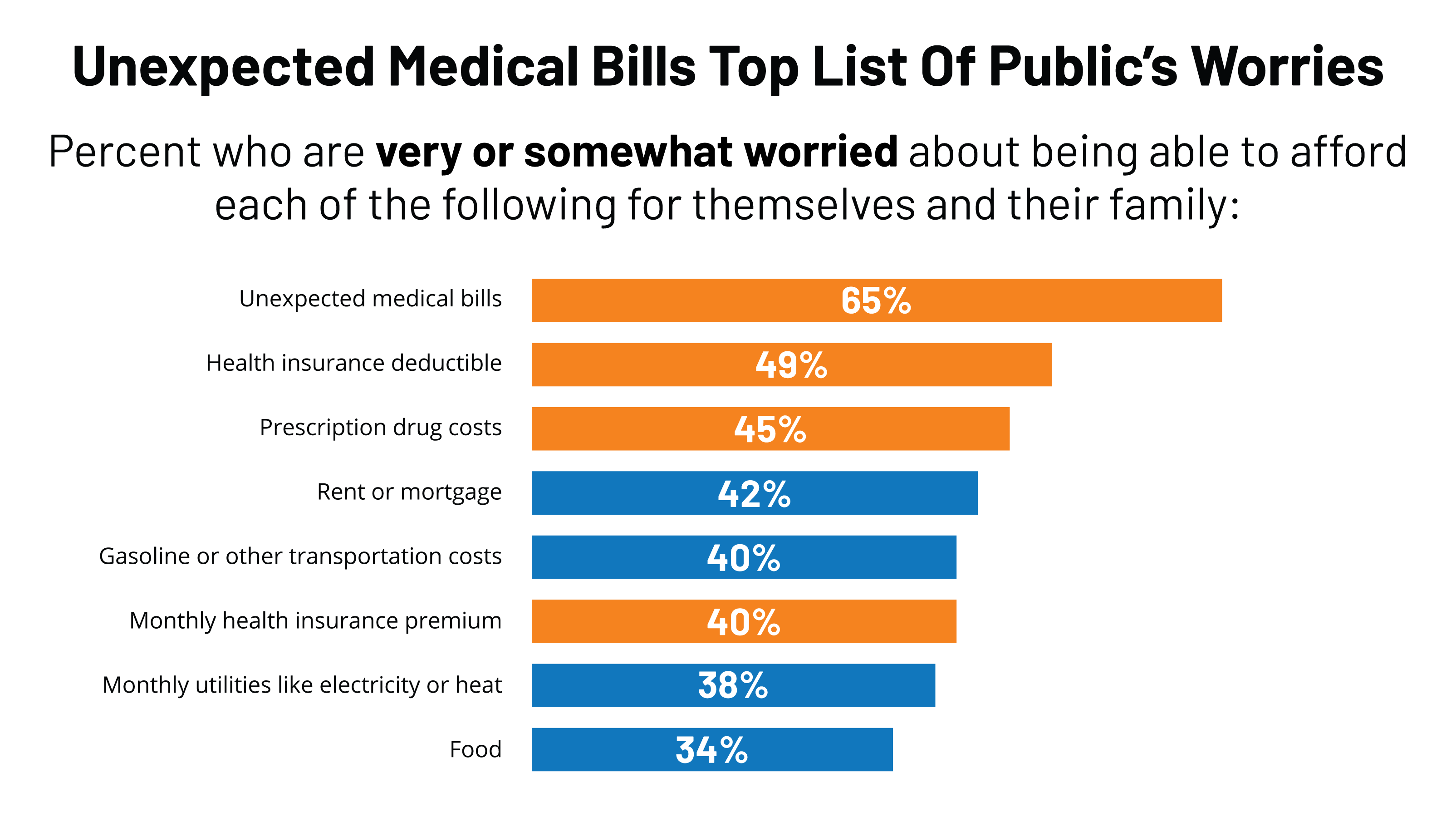The Hidden Math Behind “ Affordable ” Healthcare.
A many times agone i walked into my croaker’s office with a mild flu and walked out with a$ 280 bill confused, i checked my insurance statement and saw terms i allowed i understood—co‑pay and deductible.turns out, I did not. My plan’s deductible had not been met yet, so that routine visit bring much further than I anticipated.
That experience opened my eyes to how misk new these two terms really are. Thousands of Americans face the same frustration every time because health insurance feels like it’s written in its own language.
The good news? Once you understand how co‑pays and deductibles work together, managing your healthcare costs becomes important simpler. In this companion, we’ll break down each term easily, compare them side by side, look at real- life exemplifications, and give tips to make smarter opinions about your content.
This composition draws on coffers from Healthcare.gov, the National Association of Insurance Officers NAIC and health finance experts to give you accurate and practical perceptivity.
What Are Co ‑ Pays and Deductibles?
Let’s begin with clear delineations before diving into how they interact.
Think of both as corridor of your cost ‑ participating arrangement — what you pay versus what your insurance covers. Your decoration( the yearly cost to have insurance) guarantees content, but co ‑ pays and deductibles determine when and how important you contribute during medical care.
What Is a Co ‑ Pay( Co ‑ Payment)?
A co ‑ pay is a fixed figure you pay every time you admit certain medical services or conventions.
How It Works.
It’s a set bone quantum($25 for a croaker visit,$ 10 for general drug, etc.). you pay it ** at the time of service like a ticket to that appointment or tradition.
Your insurance covers the rest of that bill. It generally does not count toward your deductible( though some plans differ).
Illustration.
You visit your primary care croaker for mislike treatment. Your plan has a$ 30 co ‑ pay. You pay$ 3 outspoken, and the insurer pays the rest of the costs for that visit.
What Is a Deductible?
A deductible is the quantum you must pay out ‑ of ‑ fund each time before your insurance plan starts paying for utmost covered healthcare services.
You can suppose of it as a threshold — formerly you “ meet ” it, the insurance company starts covering a larger share of your charges.
Crucial Data.
Deductibles reset every plan time, generally on January 1st. you pay the full price of medical services until this quantum is met. after that, your insurer covers most costs, frequently through coinsurance( like 80/20).
Certain preventative services( like periodic checks or vaccines) are frequently covered before your deductible is met, thanks to the Affordable Care Act( ACA)
Illustration.
Still, 000, you pay the first $2, If your plan’s deductible is $2. After that, your insurance starts to partake costs for illustration, paying 80 while you pay the remaining 20 in coinsurance.
How Co ‑ Pays and Deductibles Work Together.
Numerous people assume you only pay one or the other but that’s not true. They frequently work together within the same plan.
Then how they interact in a real ‑ world script.
Example Regular Croaker Visit Co ‑ Pay $25 deductible $2,000 you pay the$ 25 co ‑ pay, and the insurer covers the rest. This co ‑ pay probably does not count toward your deductible.
Illustration A Broken Arm.
ER Visit $250 co ‑ pay X ‑ shafts and treatment($1,800) until you meet your$ 2,000 deductible, you pay the full$ 1,800 out ‑ of ‑ fund( in addition to your co ‑ pay). After that, your insurer covers the maturity of future charges for the rest of the time.
So while the co ‑ pay applies for the ER service, the deductible controls how much more you’ll pay for fresh care like reviews, surgery, or hospitalization.
How Plan Types Affect Co ‑ Pays and Deductibles.
Every insurance plan balances these costs else. Understanding your plan type helps you prognosticate what you’ll pay and when you’ll pay it.
HMO( Health conservation Organization)
Generally includes low co ‑ pays for in ‑ network visits. requires referrals for specialists. deductibles live but are frequently moderate. great for people who prefer lower costs and staying within one network.
PPO( Preferred Provider Organization)
Offers inflexibility — you can see specialists without referrals. co ‑ pays and deductibles tend to be advanced.
Stylish suited for those who want broader access without strict network rules.
HDHP( High ‑ Deductible Health Plan)
Lower yearly decorations but veritably high deductibles frequently has limited or no co ‑ pays until the deductible is met.
Eligible for Health Savings Accounts( HSA) — which let you save duty ‑ free for medical charges.
Ideal for healthy individualities who infrequently visit croakers
EPO( Exclusive Provider Organization)
Middle ground between HMO and PPO. co ‑ pays apply within the network only. eschewal ‑ of ‑ network care generally not covered except extremities.
Pros and Cons.
Pros.
Predictable Costs — You know what you’ll pay before every visit. Budget ‑ Friendly for Regular Care ** — Great for people who constantly see croakers or need conventions.
Immediate Access — co ‑ pays apply right down; you do not need to meet a deductible first for numerous routine services.
Cons.
Adds Up Over Time — Frequent visits can make co ‑ pays precious annually. does not Always Count Toward deductible — not all co ‑ pays help reduce your deductible aggregate.
Service ‑ Specific — Different services have different co ‑ pay quantities, adding complexity.
Pros and Cons of Deductibles
Pros.
Protection from Major Charges — formerly met, insurance covers most costs. lower decorations( if high deductible) — You can save yearly with HDHPs.
Encourages Smart Healthcare Choices — Makes you more apprehensive of the true cost of care.
Cons.
High outspoken Costs — You might pay thousands before content thresholds. financial Pressure Mid ‑ Year — Bills spike beforehand in the time if you have n’t met your deductible.
Complex Tracking — Family and individual deductibles can be tricky to cover.
Tips for Managing Co ‑ Pays and Deductibles Dashingly.
Understanding your plan is the key to controlling charges. Then’s how to stay financially set
Read Your Summary.
Of Benefits each health plan provides a Summary of Benefits and Coverage( SBC). It explains which services have co ‑ pays how your deductible applies.
What counts toward your eschewal ‑ of ‑ fund outside. get this from your insurer or Healthcare.gov
Use Preventive Care
The Affordable Care Act( ACA) requires all Marketplace and employer ‑ patronized plans to cover certain preventative services( like periodic heartiness examinations, vaccines, and wireworks) at no cost to you indeed before you meet your deductible.
Stay In ‑ Network
Out ‑ of ‑ network care can bring triadic what you'd pay in ‑ network. Check your provider directory before movables .
Plan for High Deductibles
Still, open a Health Savings Account( HSA), If you’re on a high ‑ deductible plan. benefactions are duty ‑ deductible.
Recessions for medical charges are duty ‑ free. unused finances roll over time to time.
Track Spending in Real Time
Use your insurer’s online member gate or app to cover how important of your deductible or out ‑ of ‑ fund outside you’ve met.
Compare Costs Before Care.
Use Healthcare.gov’s “ Compare Care Costs ” tool or ask providers for price estimates. translucency laws now dictate hospitals to publish service pricing.
Time Major Procedures Strategically.
Still, try to record large procedures or individual tests before January 1, when deductibles reset, If you’ve formerly met your deductible medial ‑ time.
How Co ‑ Pays and Deductibles Impact decorations
Think of these three terms — decoration co ‑ pay, and deductible — as connected regulators. conforming one affects the others.
Advanced Premium, Lower Deductible ** You pay further yearly, but insurance covers major costs sooner. Co ‑ pays are lower.
Lower Premium, Advanced Deductible ** You save yearly but threat paying further outspoken for unanticipated care.
Balanced Plan Moderate decorations, balanced co ‑ pays and deductibles — ideal for homes with regular but not inordinate medical requirements.
Always do the calculation paying an redundant $50 a month in decorations might save you thousands if you need regular treatments.
Co ‑ Pays, Deductibles, and Out ‑ of ‑ Pocket outsides
Your out ‑ of ‑ fund outside ( OOPM) is the periodic ceiling on what you’ll pay for covered services, combining all your co ‑ pays, deductibles, and coinsurance.
Once you reach it, your insurance covers 100 of all remaining covered costs for the rest of the time.
Example.
Deductible$ 2,500 coinsurance 20 eschewal ‑ of ‑ Pocket Maximum$ 8,000 still, 000 in aggregate( co ‑ pays deductible coinsurance), your insurance completely covers anything beyond that quantum for the time, If you spend $8.
Common Misconceptions( and trueness)
Co ‑ pays always count toward my deductible.not always. some plans separate the two; check your policy.
Once I’ve paid my deductible, I do not owe anything. incorrect. After meeting your deductible, you may still owe co insurance probabilities or co ‑ pays.
Plans with low deductibles are always better. it depends. Low ‑ deductible plans mean advanced yearly decorations. HDHPs can save plutocrat if you’re generally healthy.
Real ‑ Life Use ‑ Case The Healthy vs. The Family Plan.
Case 1 Emma, 27( Single, Healthy) chooses a high ‑ deductible plan $6,000 deductible,$0 co ‑ pay after deductible. premium $180/ month. monthly croaker visits 2 checks covered by ACA, no other medical charges.
Total periodic cost$ 2,160 in decorations,$ 0 in medical bills.Emma saves plutocrat with advanced deductibles because she infrequently needs care.
Case 2 The Brown Family( Two Parents, Two kiddies) chooses a PPO plan$ 1,500 deductible,$ 30 co ‑ pays. premium$ 680/ month. multitudinous pediatric visits and conventions.
Total periodic cost 8,160 in decorations 500 in co ‑ pays 500 toward deductible. for this family, advanced decorations guarantee predictable costs and lower surprises.
Conclusion Simplifying the Healthcare Equation.
Co ‑ pays and deductibles may sound complicated, but then the nethermost line
Co ‑ pays keep small, regular services affordable and predictable. deductibles define when your insurance “ really ” begins paying for large charges. Together, they determine how important healthcare costs you tête-à-tête shoulder — and when.
Understanding these two keystones of insurance content empowers you to ** budget tidily, avoid bill shock, and choose the right plan for your requirements. Healthcare is formerly stressful; paying for it should not be. When you know how co ‑ pays and deductibles work, you control not just
Author.
Written by( Moona), an educated health and finance content specialist devoted to simplifying complex insurance motifs for compendiums . concentrated on producing secure, well- delved , and SEO ‑ optimized content that helps Americans make smart, confident content choices.
Tags
co-pay
co-payvsdeductible
deductible
healthcarecosts
healthinsurance
insuranceguide
insuranceplans
medicalexpenses
USAhealthinsurance



